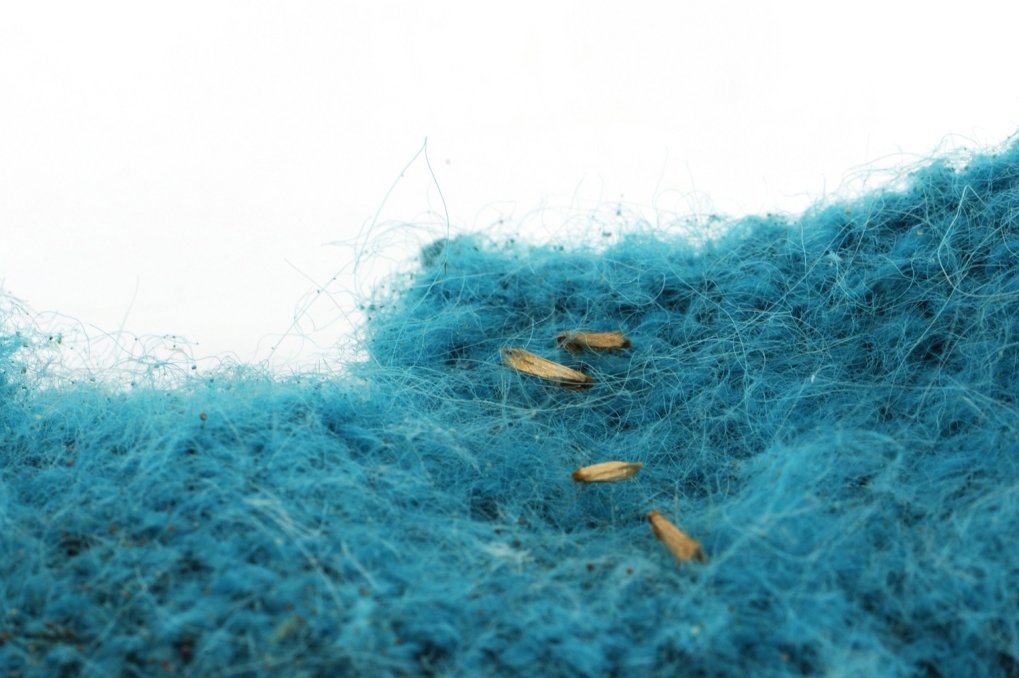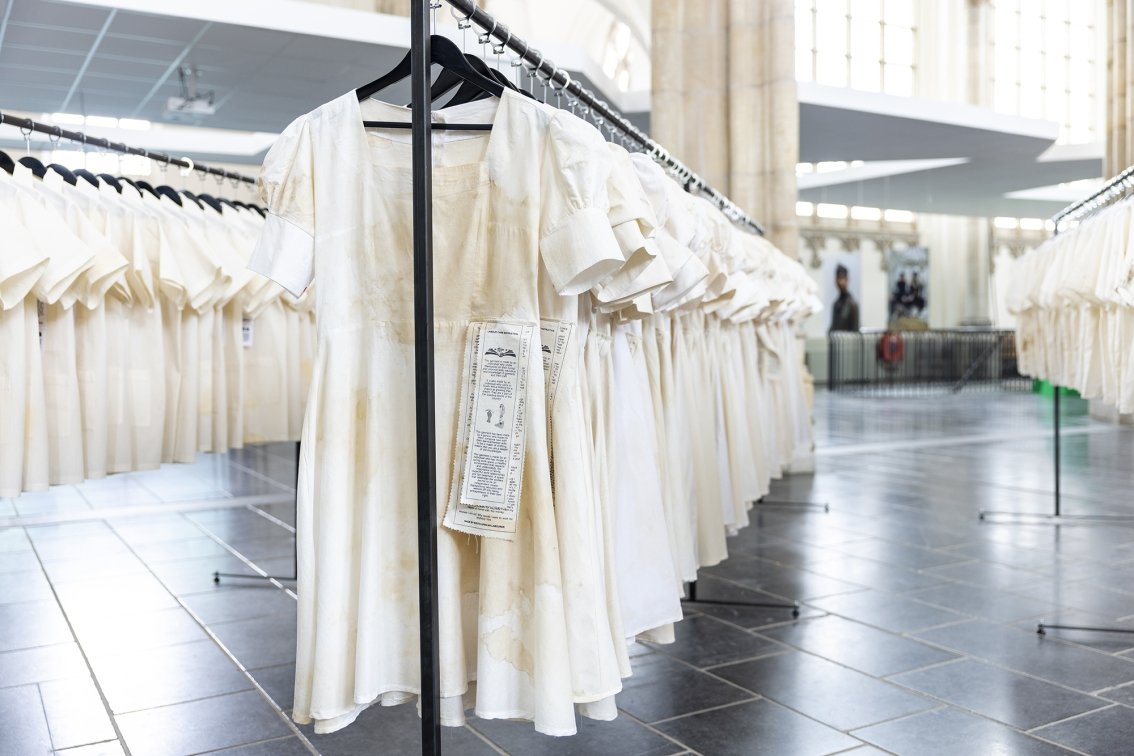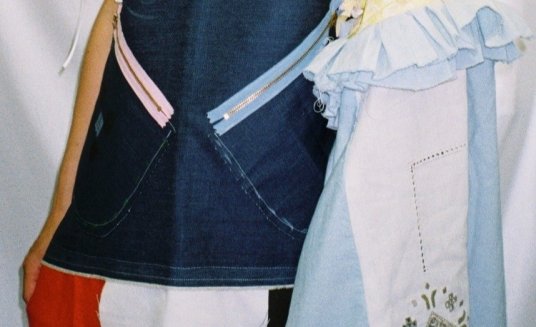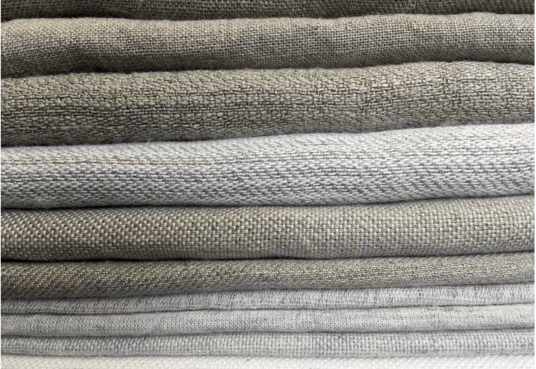Natural Cleaners - the use of moths in a circular textile value chain
- Partner(s): Wageningen University & Research (WUR), Naturalis Biodiversity Center, Kennis en Adviescentrum Dierplagen (KAD), LEW, Modint, Ontwerpstudio Hellen van Rees, Sympany
- Financier(s): Regieorgaan SIA KIEM GoCI
- Started in: October 2021
Clothing moths and case-bearing clothes moths are seen as pests because their larvae gnaw holes in our clothes. While they are naturally good at breaking down textile materials, research into these moths has mostly been focused on extermination. Together with several partners, ArtEZ Future Makers is exploring ways in which moths can contribute to sustainable processing of difficult-to-recycle textiles.

Moths as solution to recycling problems
Chemically or mechanically processing waste textile into sustainable raw materials has substantial environmental impact. One of the problems in recycling of used textiles is separating different natural and man-made fibres from a textile blend, so, for example, a jumper made of acrylic and wool.
Excrement of moths as usable raw material
If moths could help reduce the stream of unusable textile waste, this would greatly benefit recyclers. Additionally, the substance which the larvae excrete after digesting textile fibers, has potential value as a circular resource.
More information about this project


